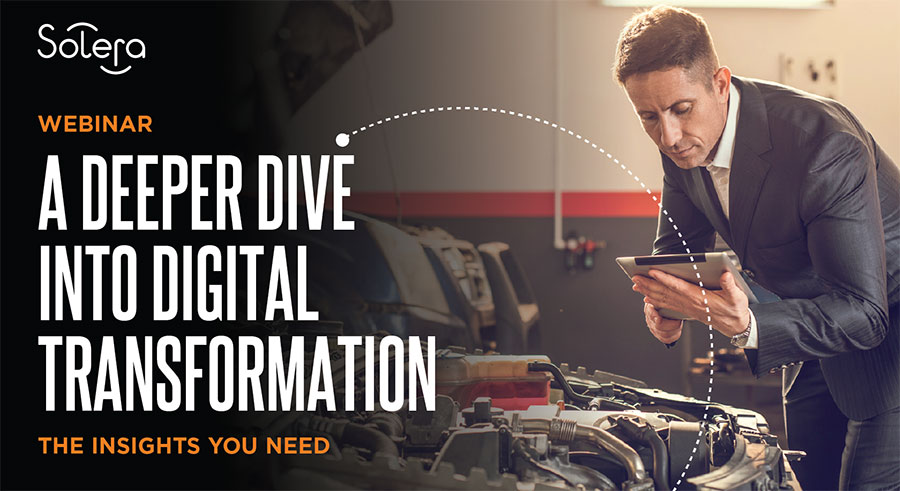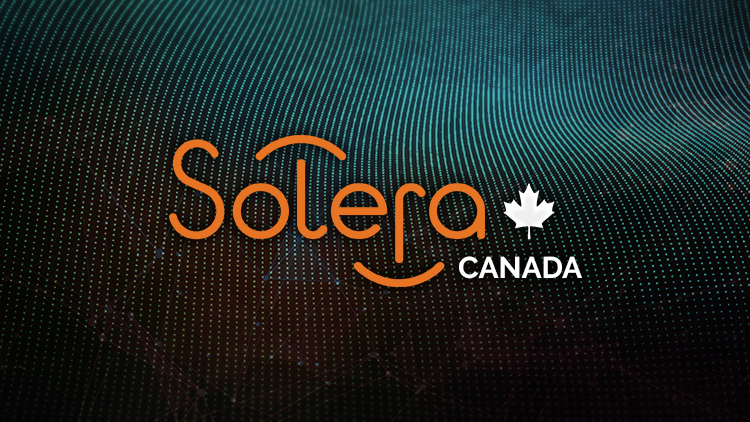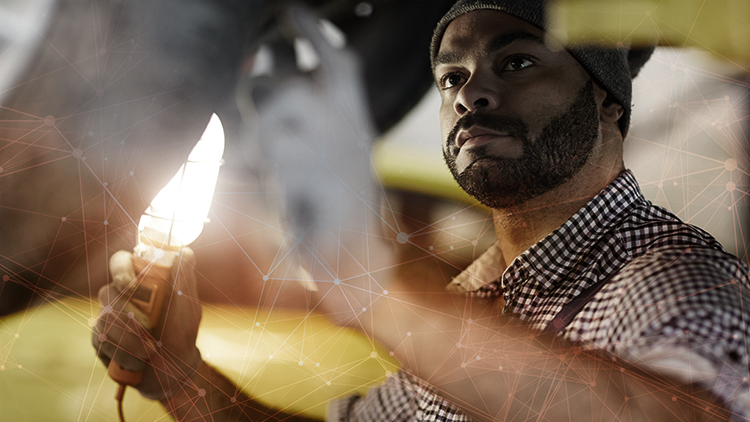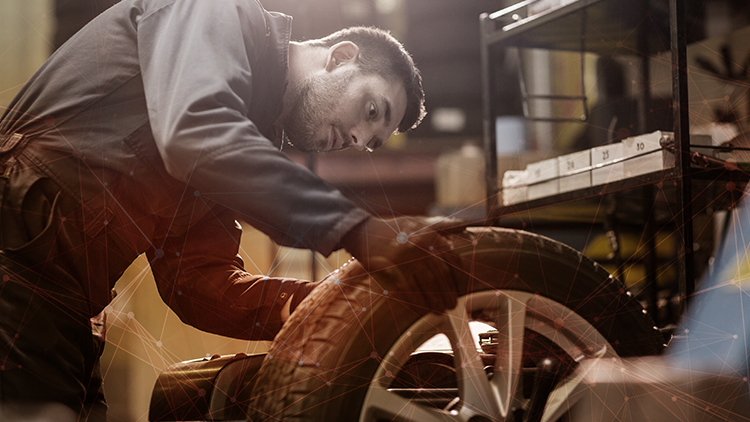Last week, we held our second global webinar, featuring a panel of Solera’s leadership and product experts. (If you missed it—don’t worry! You can catch the recording here.)
Since our first webinar in the series, the industry has begun seeing signs of recovery, including increases in private automotive travel. Now’s the time to prepare for our new normal.
This pandemic accelerated digital transformation across the board, playing a huge role in supporting business continuity for customers during COVID-19. Insurers and repairers now have the opportunity to further embrace this change post-lockdown and prevail with the modern automotive claims ecosystem. Or, they can choose to revert to the “old normal” and create an insurmountable gap that leaves them lagging behind their competition. (Read more about this in our recent whitepaper.)
For those who choose to surge ahead, what does automating the claims workflow entail? Implementing fully integrated, intuitive, digital solutions that center the claims experience in data-driven decisions.
These solutions, which leverage artificial intelligence and machine learning, must deliver real results to insurers, repairers and consumers, including:
- Accurate, consistent and faster estimations
- Increased triage accuracy
- Automation at process of payment
- Reduction of supplementary estimates
- Faster parts ordering
- Quicker approval and/or settlements
- Early detection of total loss
All these listed outcomes help reduce complexity for the claimant and deliver a better customer experience, while speeding up the claims cycle for all.
For example, if the AI detects medium-sized dent on the left rear side panel of an Audi TT Mk1—which is made of steel—it can determine the left rear side panel is repairable, as well as the necessary materials cost and associated labor. But if the vehicle were an Audi TT Mk2 with the same level of damage, it would likely require the left rear side panel to be replaced since this model’s left rear side panel is made from aluminum. Knowing this upfront influences the workflow by triaging the vehicle to an aluminum specialist as well as the associated cost differentials.
Another example would be AI detecting a damaged headlight on a 2017 BMW 3-Series. The cost of replacement LED headlamp is around $1,700 rather than the standard model’s headlamp is $442. It’s not only the cost element impacted, but it’s also the reduced cycle time of ordering the correct parts as early as possible in the workflow to improve the overall customer journey.
While it’s exciting to highlight how AI and machine learning can enhance the claims workflow, it’s important to be aware of what happens if you get the technology and data wrong. It’s more than a financial cost—it also impacts repair quality/safety and time costs. Feeding the system with inaccurate and unproven data disrupts the learning model and produces inaccurate results. That’s why it’s essential to use a reliable, proven technology partner with immense experience in the automotive repair world.
What sets Solera apart is a wealth of global insights and data at a granular level, based on our decades of experience in the business of repairing cars and processing more than 300 million transactions annually. The power of our solutions lies in the repair data, and our hybrid approach of combining it with data science to help inform algorithms and workflows that can be implemented at a local level.
Dive deeper into the conversation by watching the full webinar What’s Next: A Deeper Dive into Digital Transformation.






